Amidst the pandemic and an unprecedented economic downturn, millions of people continue to face the compounding effects of violent conflict. Disputes over control of territory and resources play an oversized role in many of these conflicts — as evident, for example, in Ethiopia, Ukraine, Syria, Iraq, Yemen, and Myanmar.
A recent World Bank study finds that much greater attention needs to be paid to issues of subnational governance in conflict prevention and settlement. Based on experiences with conflict mitigation efforts in seven countries, the study identifies a set of factors that account for the success or failure of subnational governance reform in peace processes. It stresses that too often these critical issues are addressed too late and without sufficient detail, because subnational governance reform is sensitive, easily politicized, and hard to compromise on.
Yet failing to tackle these issues has a major and negative impact on the sustainability of peace agreements. Libya serves as an illustrative case, where subnational governance is at the heart of the ongoing conflict, as also recognized by a 2019 Brookings report.
A fractured country
The country has entered a critical phase in its efforts to resolve its protracted conflict. On January 19, within the framework of the Libyan Political Dialogue Forum process, Libyan parties reached a preliminary agreement that the 2017 constitutional proposal should be put to a referendum for ratification. The proposal was drafted and approved in July 2017 by the Constitutional Drafting Assembly, which was elected in February 2014. Once approved, the proposal should serve as a legal basis for presidential and parliamentary elections to be held on December 24, 2021 — the 70th anniversary of the country’s independence. This was a key step in a so far slow and fractious process to put Libya onto a path to reconciliation and recovery.
While it is important to agree on a constitutional basis for elections to complete Libya’s political transition, the 2017 constitutional proposal in its current form lacks broad buy-in from all segments of Libya’s society. Moreover, the referendum law underpinning the constitutional referendum is based on a formula that the proposal would have to garner majority support in all three historical regions — Cyrenaica in the east, Tripolitania in the west, and Fezzan in the south. In light of opposition to the draft from some eastern and southern communities, as well as from some groups in the west, there is a real possibility that the proposal would be rejected in the referendum.
This, in turn, would stall the transition process and exacerbate simmering tensions, potentially triggering a new round of violence. Even in the event that the proposal would be ratified through the referendum, it does not provide a suitable foundation for long-term stability and sustainable peace due to a number of serious shortcomings in its proposed governance arrangements. Thus, the Constitutional Drafting Assembly should consider the feasibility of re-opening the draft to introduce a number of amendments.
One critical element to consider is the centrality of the country’s subnational governance arrangements in the ongoing conflict, notably the distribution of political power and state resources. Subnational governance arrangements should have been addressed early on, and it is clear that no political settlement will be viable without progress on this critical aspect. However, in a mistaken effort to foster social cohesion, Libyan stakeholders and international mediators have repeatedly shied away from tackling politically divisive issues and failed to address subnational governance in the 2011 constitutional declaration and the 2015 Libyan Peace Agreement.
The 2017 constitutional proposal lacks depth and sufficient detail on subnational governance and is heavily skewed towards a strong presidential system with only a very weak form of decentralization. Moreover, it lacked essential detail on the number of subnational units and the procedure for their establishment. Nor did it clearly delineate the distribution of competencies between them, or provide constitutional guarantees for transfers of revenues to subnational governance units.
There is an opportunity now to create institutions that reflect diverse stakeholders’ interests and underpin a more functioning system of inter-governmental relations that can sustain a viable Libyan state. The country’s west, which is the most populous, advocates for a strong centralized system because of concerns about the disintegration of the country and the resulting loss of control over resources that are mainly in the east and south. Eastern stakeholders take a fundamentally different view, arguing that a federal system is essential to ensure that they have a fair chance to participate in the country’s governance arrangements, gain greater control over local resources, and avoid future domination by Tripoli. Communities in the south, meanwhile — where most of the country’s minority groups live — are divided on this issue: Some are keen on achieving greater regional autonomy and others call for a decentralized system within a unitary state that will contribute to improving local service delivery. Thus, views differ considerably, and there are important nuances to what different actors mean by “federation,” “autonomy,” and “decentralization.” However, even in their simplified depiction, these views shape the parameters for finding sustainable subnational governance arrangements.
A tough but necessary path
Building on the arrangements in the 2017 constitutional proposal, a compromise could be forged along one of two potential routes: a unitary state with strong decentralization or a weak federacy arrangement.
The first route would entail retaining the current structure of subnational units — governorates (or provinces, in the terms of the 2012 Local Governance Law) and municipalities — but ensure a strong system of decentralized governance with constitutional guarantees for significant political, fiscal, and administrative competencies awarded to the governorates and local governments. In particular, the oil-producing regions should benefit from a proportional share of resource revenues. This has to be complemented with central-level power-sharing mechanisms, such as through the adoption of a semi-presidential and regionally representative executive authority, and an increase of the share of eastern and southern representatives in the proportionally representative chamber of the legislature. Moreover, the regional “branch capital” approach — with the executive based in Tripoli, the legislature in Benghazi, and the judiciary in Sabha — could feature in this model. These arrangements would balance centrifugal tendencies with a measure of centripetal mechanisms that would keep key regional actors engaged in the center while affording them desired, and manageable, levels of autonomy.
A second route could be to form an explicit, but weak, federacy arrangement that grants autonomy to the three historical regions and would be complemented with power-sharing arrangements at the center. This could potentially be an asymmetric arrangement, whereby more competencies are devolved to the eastern region of Cyrenaica, as well as special cultural provisions to accommodate diversity in the southern region of Fezzan. Such a model would still need to assuage fears of western — and to some extent some southern — stakeholders, that the east and with it the majority of the country’s resources will eventually secede. This could be done through a so-called eternity clause on the unity of Libya. In order to be acceptable to the west, such subnational governance arrangements would also require clear, and constitutionally protected, mechanisms for the central consolidation and subsequent redistribution of resource revenues among regions and a greater say of all actors in managing natural resources. Any consideration of the second route has to account for the fact that surveys show that even the majority of people in the east is opposed to a governance model solely based on federalism. Moreover, asymmetry can itself present problems: Libyans have traditionally rejected asymmetric governance models because they have reinforced perceptions and realities of inequality.
Both arrangements should build on existing structures and emerge out of previous legal frameworks. For instance, elections of municipal councils have been relatively successful, and its system should be maintained. Moreover, any subnational governance reform should take account of the fact that the main elements of dispute evolve around issues at the regional level rather than the local level and should avoid entrenching and perpetuating regional divisions. Instead of drawing administrative lines along the contentious delineations of the three historic regions, the thirteen electoral districts adopted for past parliamentary elections may serve as a basis. Any decision on subnational governance arrangements may be complemented with a sunset clause in turn to allow for a reflection of changing circumstances and an accommodation of shifting power-balances in the future.
Another difficulty that constitutional drafters face is limited time. Given how far apart the positions of the different sides are, there will, once again, be a temptation to avoid difficult decisions such as those on subnational governance. In the past, these highly politicized subnational governance issues were not included in the main institution-building and political discussions. They were discussed marginally at the technical level, and were left out from the main agreements. This made the apparent consensus in the 2011 constitutional declaration and the 2015 political agreement possible, but left the technical detail to subsequent legislation like the 2012 Local Governance Law, which was never implemented. This is clearly not a recipe for success, and Libyans — and their international partners — now have to muster the courage to address contentious issues in a constructive way. They must give a revised constitutional proposal a chance to gather broad support and become the foundation of lasting peace and sustainable development.
The Brookings Institution is committed to quality, independence, and impact.
We are supported by a diverse array of funders. In line with our values and policies, each Brookings publication represents the sole views of its author(s).

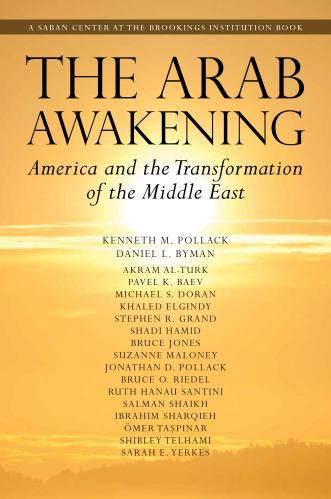
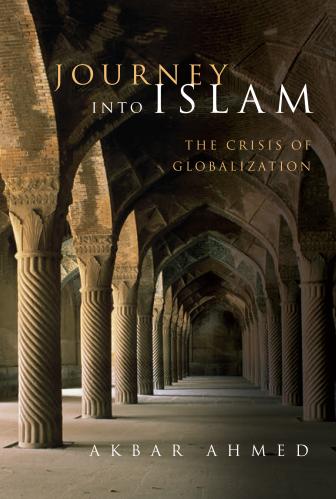
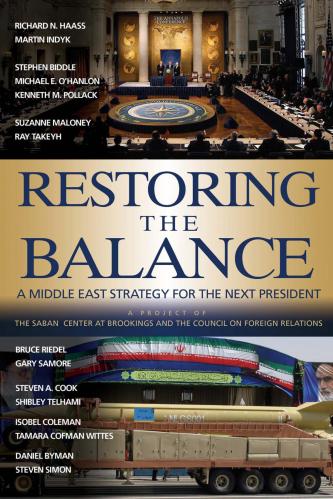
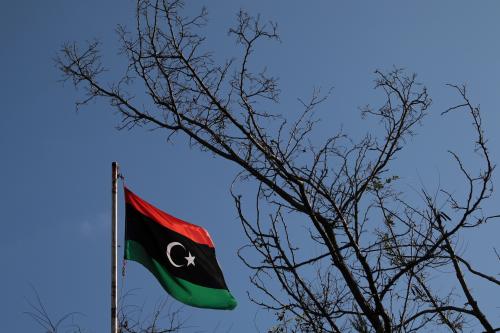
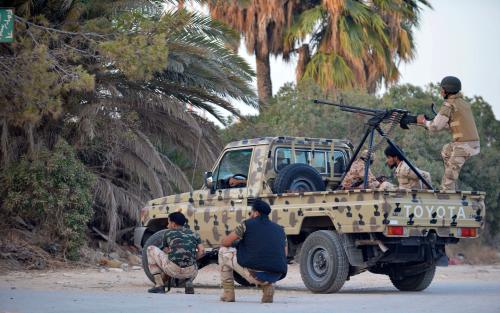

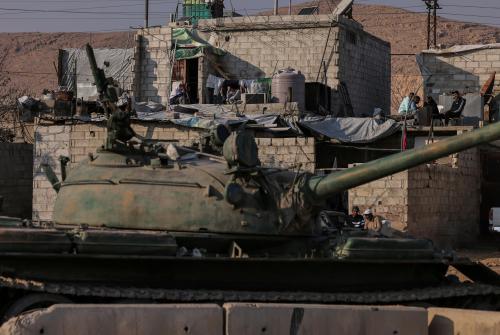
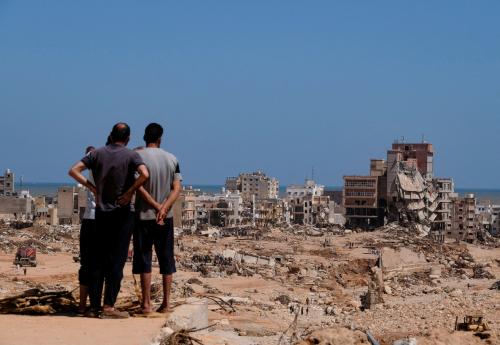

Commentary
Building peace through subnational governance: The case of Libya
January 26, 2021